Fall Letter Tracing
These fall letting tracing worksheets are designed to help kids learn the letters of the alphabet in a fun, festive way!
Fall is a great time to work on letter recognition and formation with your preschool or kindergarten students.
Our worksheets feature both uppercase and lowercase letters of the alphabet for kids to trace.
Your students will have a blast working on these sheets while they learn at the same time!
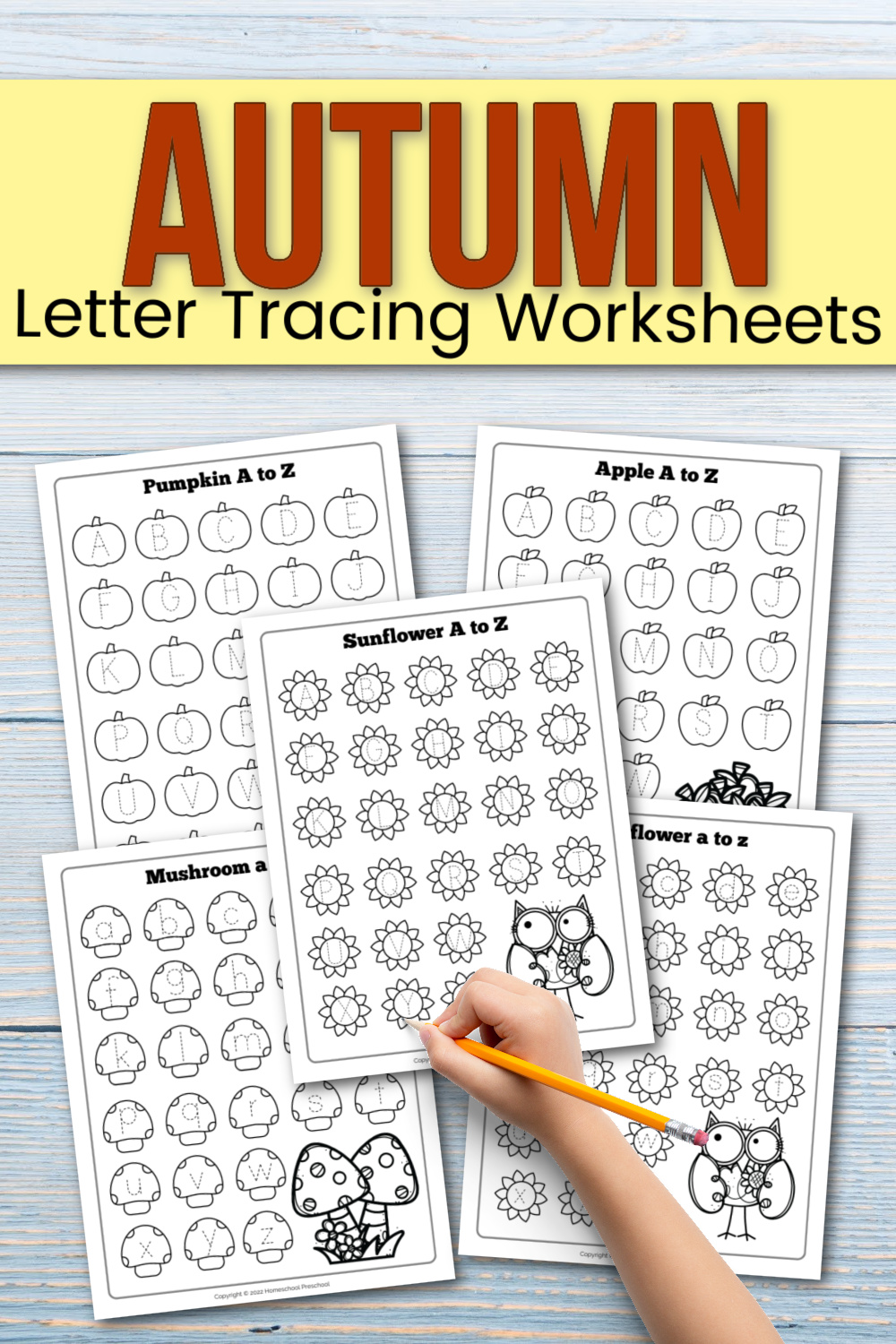
Our free preschool printables are perfect for preschoolers who are just learning to hold a pencil and write the letters of the alphabet.
They’re also good for children who need a little extra practice with pencil control.
If you’re a parent or teacher looking to give preschoolers a head start in writing skills, these worksheets are just what you need!
Fall Letter Tracing
In this printable pack, you’ll receive eight tracing worksheets. Each page features an entire set of uppercase or lowercase letters for kids to trace.
WHAT’S NEEDED
- Printer
- Cardstock or printer paper
- Pencil/Crayons
- Laminator (optional)
- Laminating pouches (optional)
COMPLETING THE ACTIVITY
Print the worksheets and present them to your preschooler with a pencil or crayon for tracing.
Now, have them name each letter and trace it in their best handwriting. Have them work slowly to stay on the lines as best they can.
Optionally, you can laminate the pages to make them reusable. If you choose to do this, have children trace the lines with dry-erase markers. Then, they can wipe them clean when they’re done.
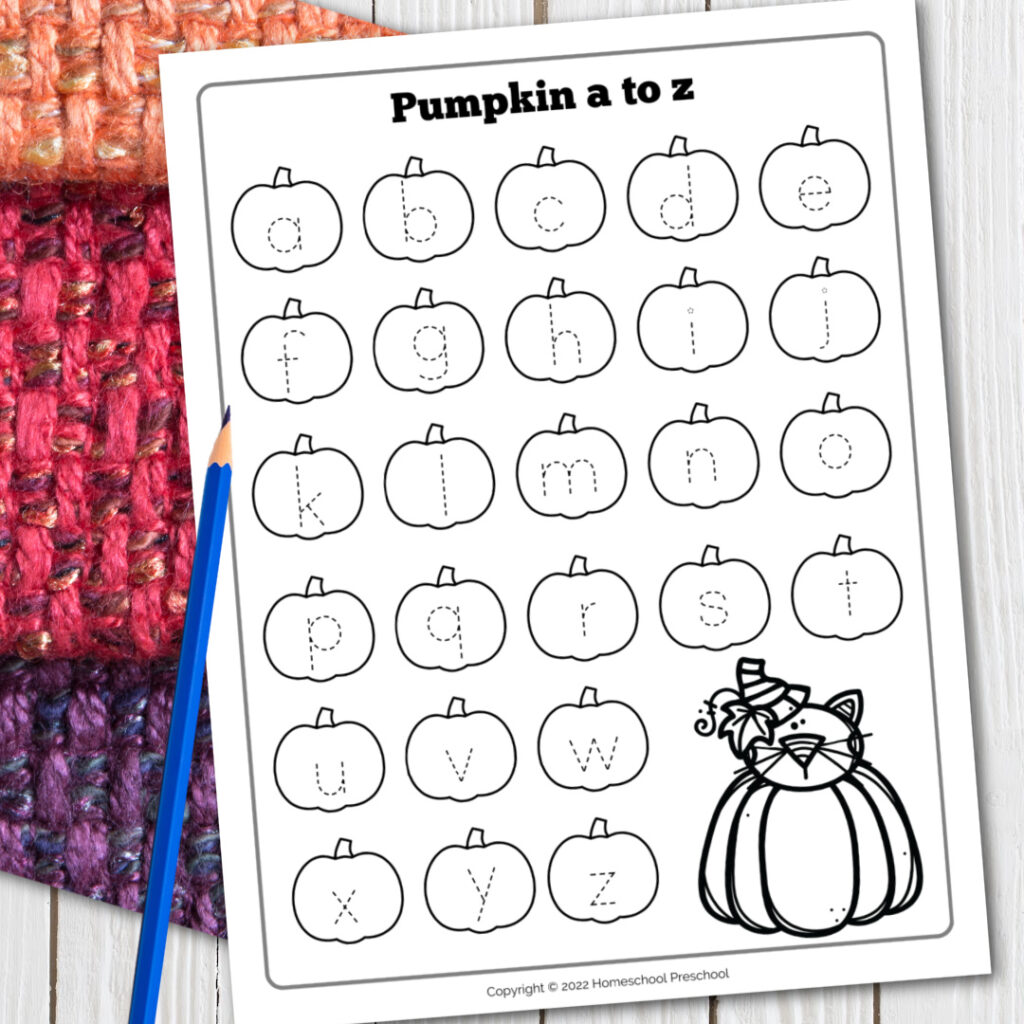
Improve motor skills
Many preschool and kindergarten teachers use tracing activities as a way to help young students improve their fine motor skills and hand-eye coordination. These skills are essential for tasks such as writing and cutting with scissors.
Studies have shown that tracing can be an effective way to improve these skills. For instance, one study found that tracing curved lines helped children to develop a better sense of depth and space.
In addition, tracing the alphabet has been shown to improve letter recognition and aids in the development of pre-reading skills.
Therefore, teachers should continue to use tracing activities as a way to help their students develop essential fine motor skills.
Help with letter recognition
Learning to write the alphabet is an important milestone for young children. Not only does it help them to better understand their own language, but it also lays the foundation for future literacy skills.
One of the best ways to help children learn the alphabet is by tracing letters. This helps them to understand the shapes of the letters and how they connect to one another.
Additionally, tracing letters can also help with letter recognition, an essential skill for reading and writing. There are many ways to incorporate letter tracing into daily life, such as using magnetic letters on the fridge or writing in sand with a finger.
By taking some time to trace letters with children, adults can help them develop important literacy skills that will serve them well throughout their lives.
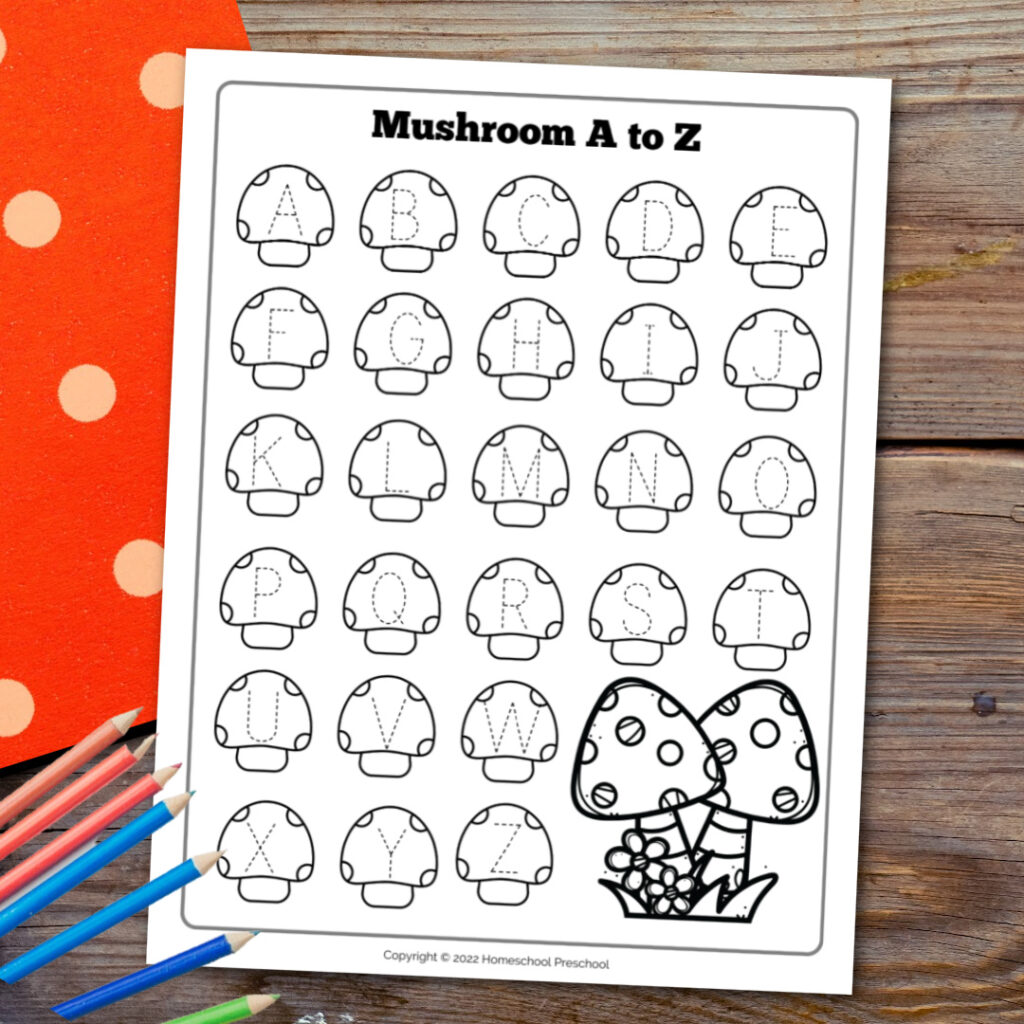
Fall Books for Preschoolers
Grab one or more of these fall picture books to read with your students this month. They’re perfect for independent reading or for reading aloud.
More Letter Tracing Activities for Preschoolers
- Letter Tracing Coloring Pages
- Capital Letter Tracing Worksheets
- Lowercase Letter Tracing Worksheets
- Letter Tracing Worksheets from ABC’s of Literacy
- Alphabet Tracing Cards for Preschoolers from Life Over C’s
Themed Activity Kits for Preschoolers
This custom acrylic name tracing boards are perfect for helping children become familiar with how to read and write their names.
These printable name tracing worksheets can be printed over and over again until your child is fluently writing his or her name.
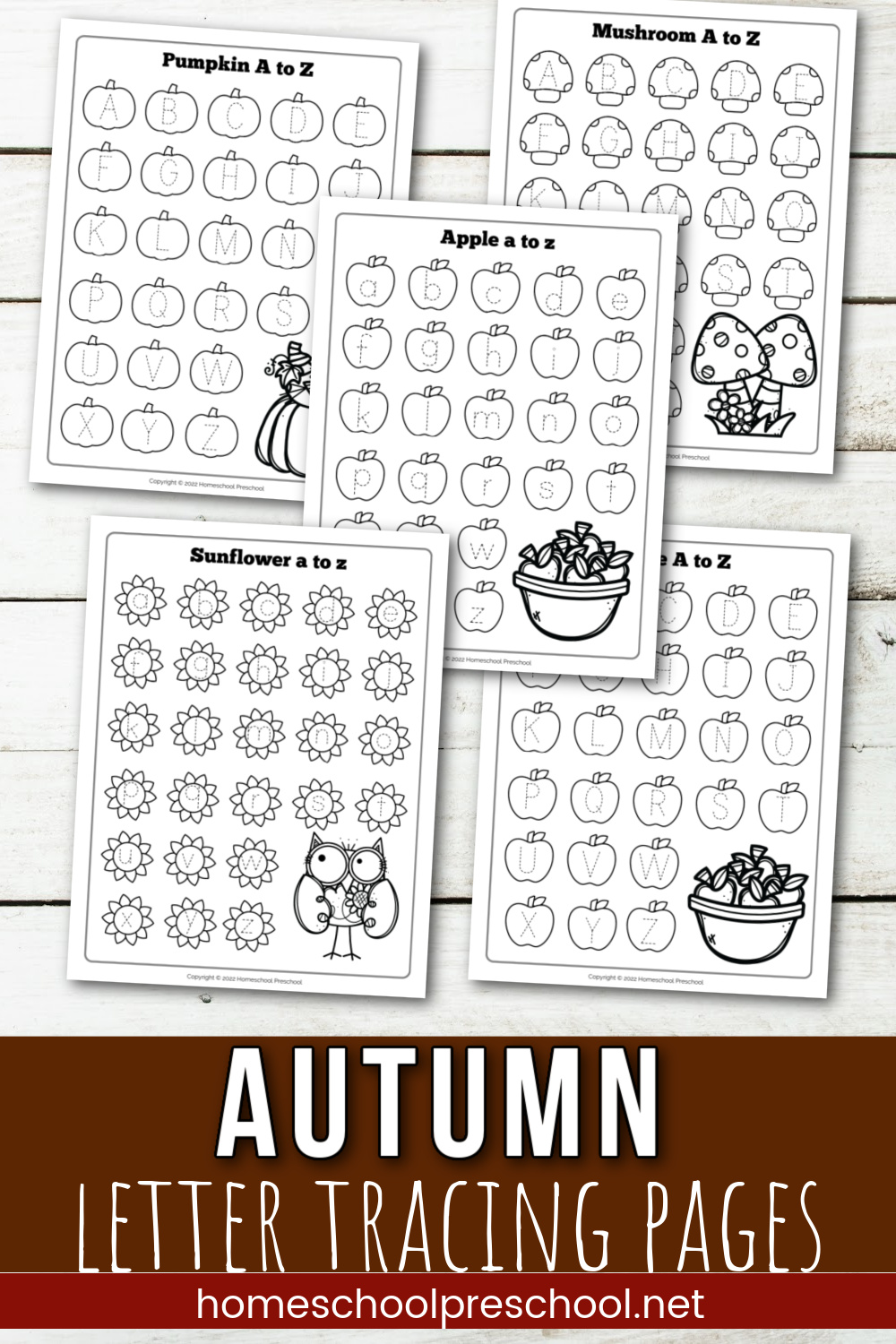
Tracing the alphabet is a fun and interactive way to learn the basic shapes of letters. This simple activity can help young children to develop their fine motor skills and improve their hand-eye coordination.
In addition, tracing the alphabet can also help children to learn the correct sequencing of letters. As they trace each letter, they will internalize the order in which the letters should appear. This information will be critical when they begin to read and write.
Ultimately, tracing the alphabet is a great way for children to develop foundational literacy skills.
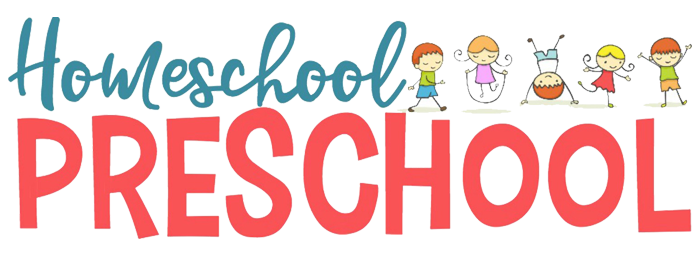
One Comment